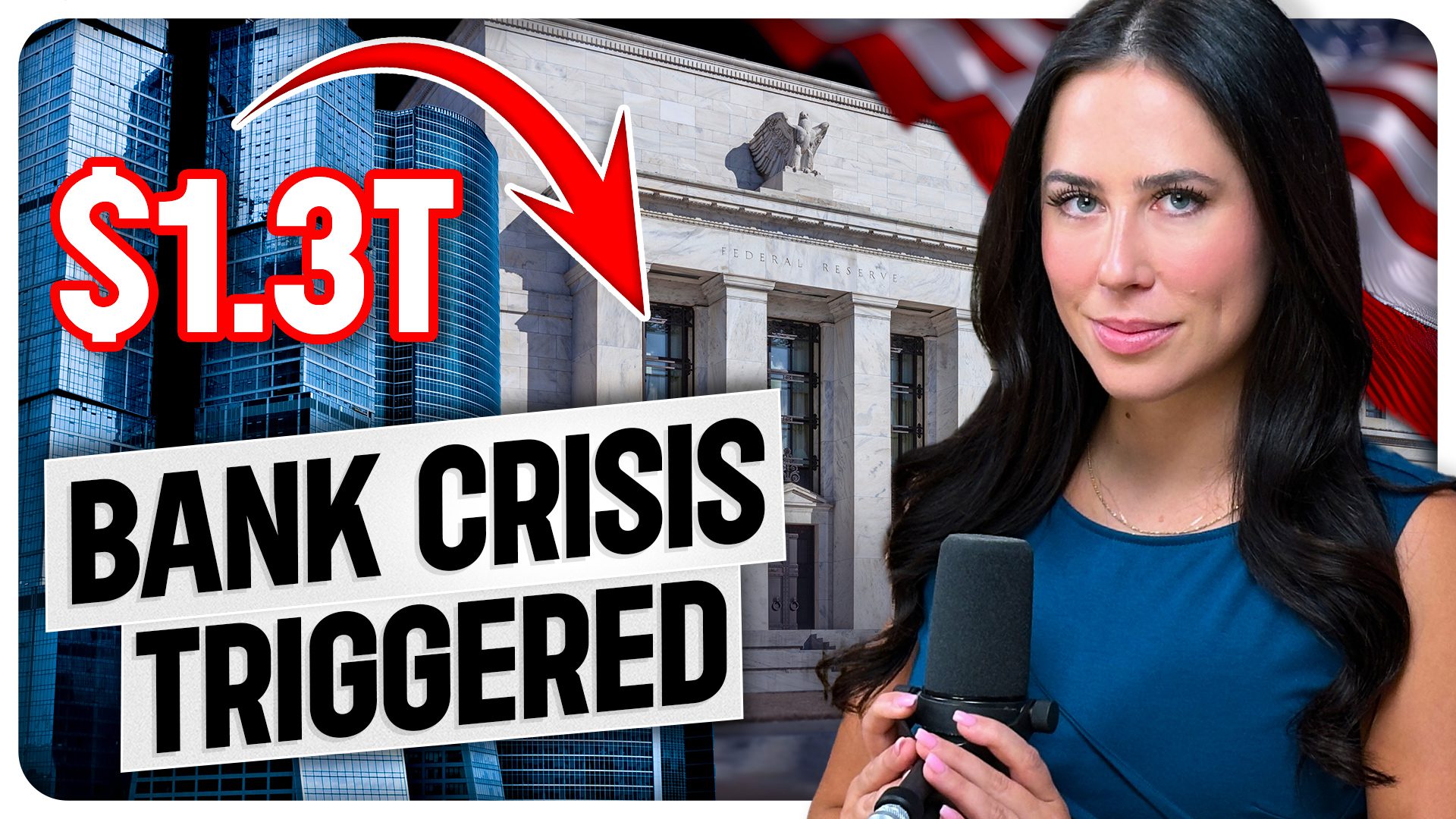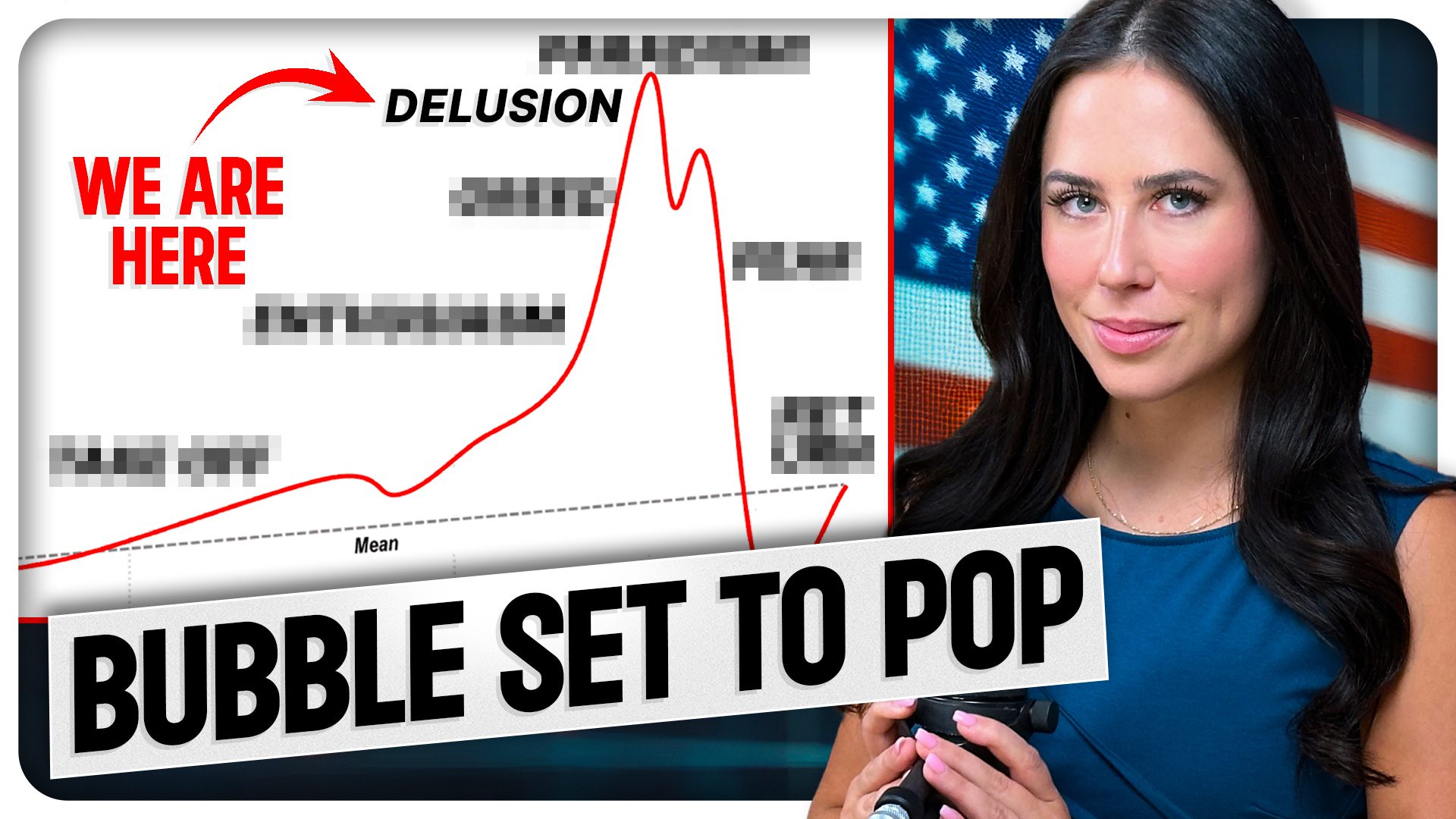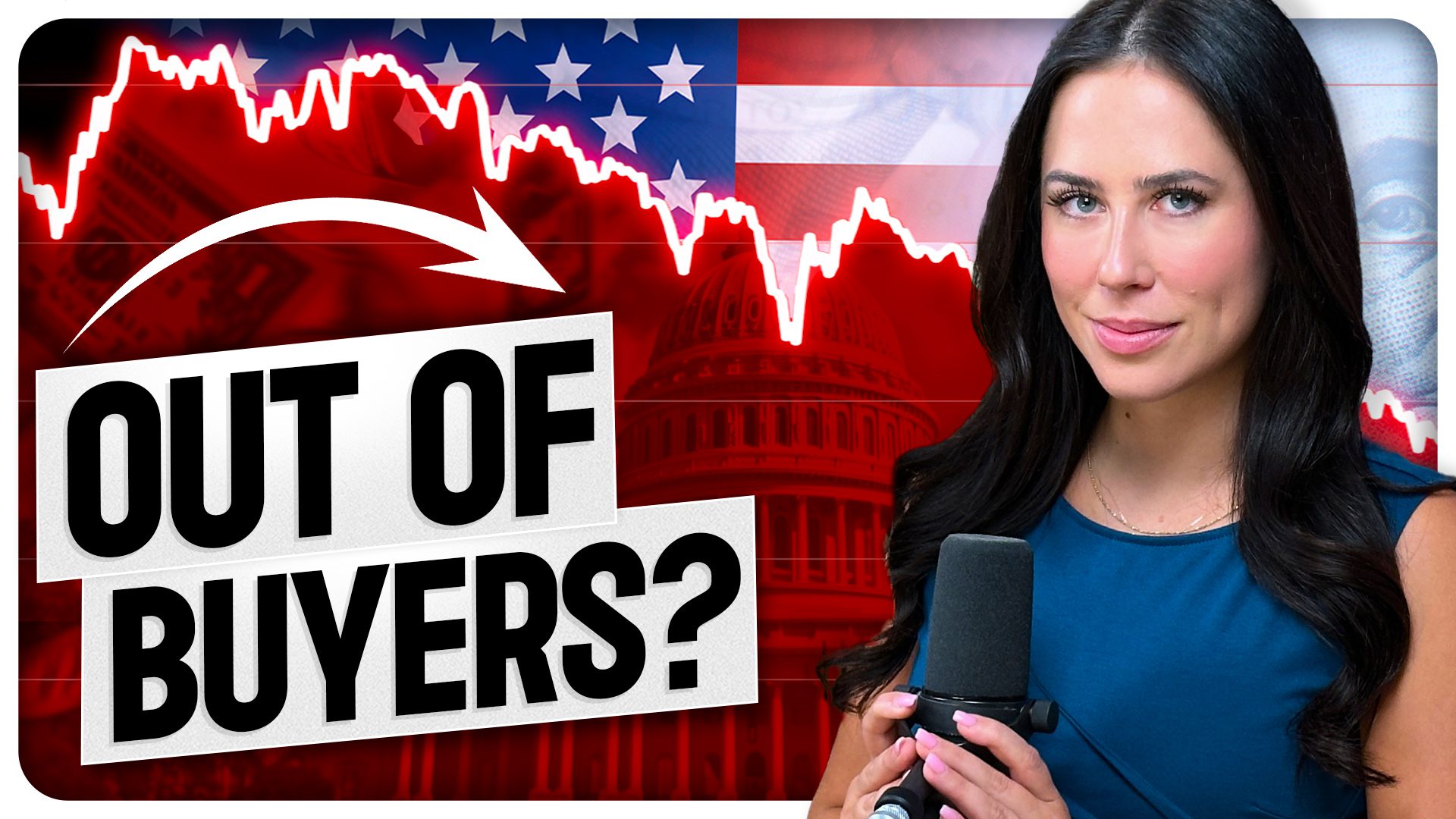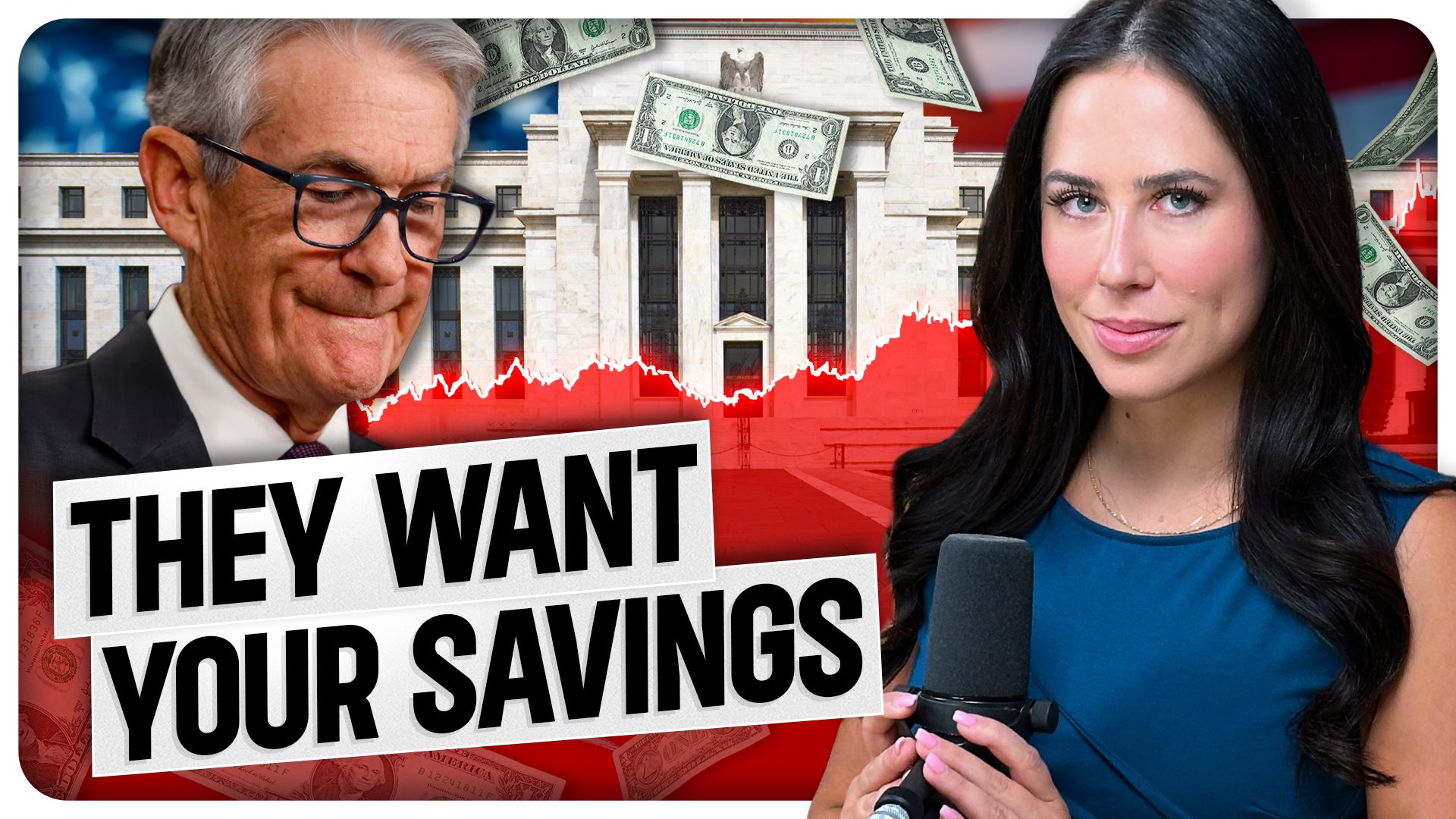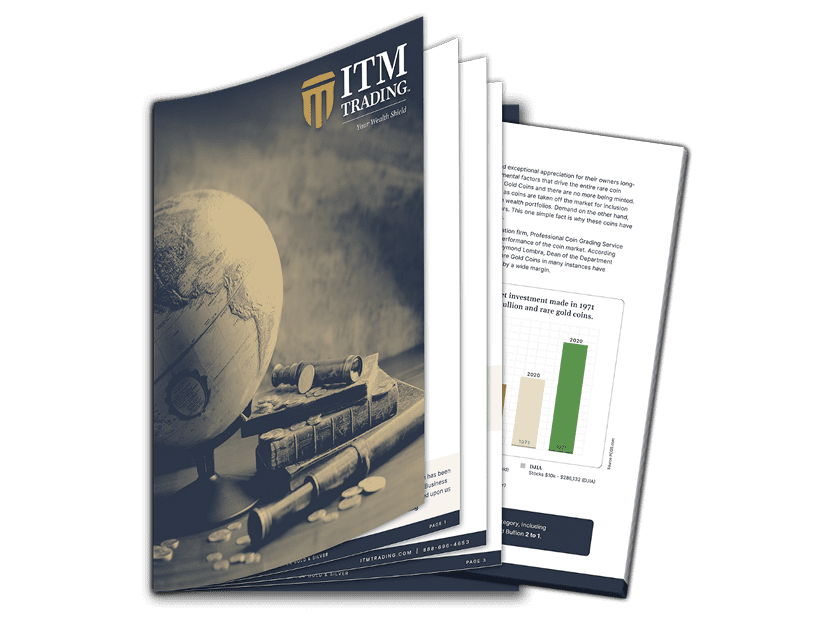$7.6 Trillion Debt Wall Hits as US Scrambles For Buyers

The U.S. faces a $7.6 trillion debt wall and no one wants to lend. The dollar’s credibility is spiraling, and central banks are buying gold. What does this mean for your savings and retirement? Taylor Kenney breaks it down–and what you can do before it’s too late.
The $7.6 Trillion Debt Wall
In 2025, the U.S. faces a financial reckoning unlike anything we’ve seen before: a staggering $7.6 trillion in maturing debt. While the national conversation often focuses on government spending, the real crisis lies in what’s coming due. This is more than a simple refinancing issue—it’s a major stress test for our economy, the U.S. dollar, and every American relying on their retirement or savings to carry them through uncertain times.
That debt needs to either be paid off (which the government simply cannot do) or rolled over by issuing new debt at today’s much higher interest rates. This is what we call the “debt wall,” and it has significant implications for the economy.
Roughly 75% of this maturing debt is short-term, issued when rates were already elevated in mid-2024. However, about 25% — nearly $2 trillion — was borrowed during the era of ultra-low interest rates. Reissuing this debt now could triple the interest costs, adding hundreds of billions in additional annual payments.
Why Foreign Demand Is Drying Up
Traditionally, the U.S. could rely on foreign investors to absorb large quantities of Treasury bonds. But over the past decade, foreign ownership has declined from 35% in 2015 to just 24% today. Why the pullback? The weaponization of the dollar, rising inflation risk, and the sheer size of our national debt have all made Treasuries less attractive.
In response, central banks worldwide have pivoted toward tangible assets like gold—assets that cannot be devalued or seized with the push of a button. This exodus is a clear sign that global confidence in the U.S. dollar and the broader economy is eroding.
The Dangerous Domino Effect
So who’s buying the debt now? Increasingly, it’s U.S. institutions: pension funds, banks, households, and hedge funds. But this shift carries its own systemic risks. Unlike foreign investors who can slowly reduce exposure, domestic institutions often hold on until something breaks.
We’ve already seen warning signs. The hedge fund “basis trade” unwind and the collapse of Silicon Valley Bank were both direct consequences of market stress around Treasury holdings. Many U.S. banks are currently sitting on massive unrealized losses, holding long-term Treasuries that have dropped in value. But as long as they don’t sell, those losses remain hidden—at least on paper.
To keep the game going, the Federal Reserve and the Treasury are taking extraordinary measures: loosening regulations, enabling more risk-taking, and even preparing bailout facilities for hedge funds. But this only compounds the long-term instability.
The Trap We’re Already In
The Federal Reserve itself has been the buyer of last resort. After massively expanding its balance sheet from 2020 to 2022, the Fed tried to shrink it—only to slam the brakes in March due to liquidity concerns. This system, built on credit and easy money, needs ever more liquidity to survive.
The result? A debt death spiral. The only way to attract buyers for new debt is to offer higher yields, which in turn increases our borrowing costs. Interest payments are already approaching $1 trillion annually. If even a portion of the $7.6 trillion debt is rolled over at higher rates, those costs will skyrocket, forcing more money printing—which devalues the dollar even further.
What This Means for You
For everyday Americans, especially those in or near retirement, the implications are serious. If you’re holding U.S. dollars, whether in savings or retirement accounts, you are exposed to a system under stress. As credit downgrades and falling demand signal growing distrust in U.S. Treasuries, the dollar itself becomes a risky asset.
Major credit agencies like Fitch and S&P Global have already downgraded or threatened to downgrade U.S. credit. These aren’t fringe opinions; these are the same institutions that benefit from rating U.S. debt positively, now sounding the alarm.
Meanwhile, central banks are quietly diversifying away from dollars and Treasuries into gold. They know what’s coming and are acting accordingly. Gold is not about speculation—it’s about opting out of a fragile system and preserving wealth in an asset that holds its value through crisis.
Taking Control: What You Can Do Now
At ITM Trading, we emphasize tangible strategies to protect your wealth before a crisis forces your hand.
THINKING ABOUT PURCHASING GOLD & SILVER? Get expert guidance from our team of analysts with 28+ years of experience. Schedule a free Q&A 👉 SCHEDULE YOUR CALL HERE or call 866-351-4219.
“The ITM team offers something unique—direct, personal guidance. What stood out to me right away was that they weren’t just focused on making a sale. Instead, they took the time to build my understanding of the function and value of precious metals.” — Gary P. [Verified Google Review]
